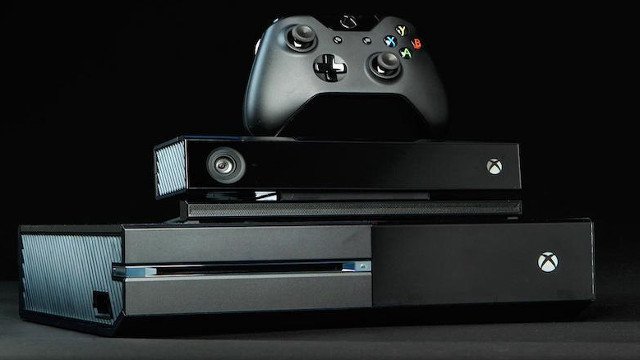Microsoft has officially discontinued its Xbox One Kinect, bringing an end to a device that was arguably the cause for many of the console’s failings around its launch. However, while many won’t miss the Kinect, it’s a shame that Microsoft failed to capitalize on its best feature — its voice recognition.
While the forced implementation of the Kinect was widely criticized around the Xbox One’s reveal, and Microsoft’s emphasis upon it being an entertainment hub rather than a game console certainly turned people away, it’s now arguably the best set-top box available. The ability to use voice commands in order to navigate through its UI would only contribute to this, but with the Kinect now having been swept under the rug this responsibility has been shifted to Cortana.
Cortana on the Xbox One may be more advanced than the original Kinect voice commands, but it isn’t as quick on the draw. Whereas the Kinect commands didn’t require an internet connection, Cortana needs to communicate with Microsoft’s servers in order to provide a suitable response to the user’s query. While it may be able to tell you the weather, it’s not as useful when it comes to navigating to YouTube or loading up Forza Motorsport 7.

Cortana also requires the use of a headset in order to work, or at least the purchase of a third-party microphone adapter to slot into your Xbox One controller. You can’t wander into your living room and declare “Xbox on” to turn on your console, and you can’t navigate to Netflix or go to your TV via OneGuide without your headset or having your console nearby.
As the years went by, fewer people made use of the Kinect for its motion controls. Instead, the device’s voice commands became part and parcel of the Xbox One experience for many of its users, and it made browsing more accessible even for those who weren’t accustomed to using a controller. But with the death of the Kinect, voice control has been limited to the headset/controller, and this is a big missed opportunity for Microsoft.
Microsoft has been giving up on the Kinect for a while now. The Xbox One S and Xbox One X both required owners to purchase a separate, ludicrously expensive USB adapter in order to get the device to work with the consoles, and Cortana was clearly intended as a replacement for its voice commands. But considering the popularity of AI personal assistants such as Amazon’s Echo and Google Home, Microsoft could have really solidified itself as the Swiss Army knife of set-top boxes by integrating the Kinect’s easy voice commands into the Xbox One itself.

Voice functionality integrated into hardware is hardly a new feature, with most modern smartphones, tablets, and even smartwatches allowing you to control them using your voice. Having such a feature built into the Xbox One without the need for a Kinect or a headset would be incredibly useful, and advertising this feature to the casual buyer in an era of Echoes and Homes would be easy.
Do you want an entertainment hub that can play video games, 4K Blu-rays, make use of all apps from Netflix, to Youtube, and even Kodi, with all of these features accessible using just your voice? Yes, because that sounds great. Yet Microsoft has now tied voice functionality to a headset, discontinued the Kinect and made the sluggish Cortana the sole voice control system moving forward, and has effectively abandoned what could have been a unique selling point for the Xbox One.
Integrating a mixture of Cortana’s web-based search results and the OG Xbox One voice commands into the Xbox One itself would have provided the best of both worlds; users could have turned the Xbox on/off and browsed through its UI using the Xbox One commands, but then automatically switched to Cortana for more advanced commands. This would have ensured that basic commands would have been dealt with swiftly, but that users could have still made use of Cortana for marking dates on their calendars or playing music. Unfortunately, these possibilities have been pushed aside, with voice control on the Xbox One remaining an afterthought.
It’s highly unlikely that Microsoft will introduce built-in voice integration into the Xbox One S and Xbox One X in the future, which is a shame. Having a set-top box that doubles as an AI personal assistant would have been a unique selling point for Microsoft, but any hope of this being the case has died alongside the Kinect.







